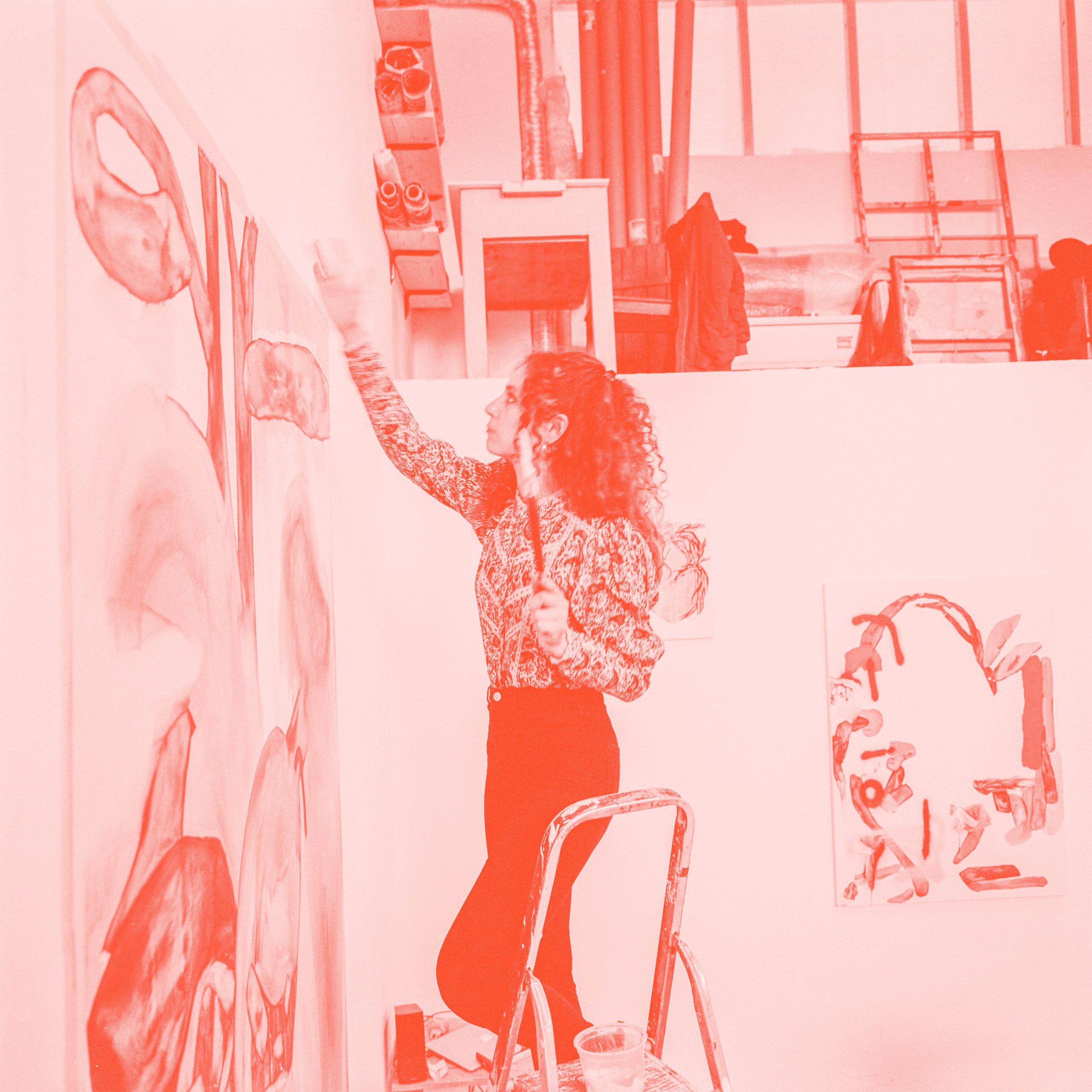
Caterina Silva (b. 1983, Rome) explores the links between power and language from silent or pre-linguistic places, in order to elude canonical structures of the production of meaning. She uses painting to probe at the obscure spaces of the mind, those which are impossible to explain in words, but which exist and materialise into matter and then object. She creates open images available to the interpretation of the observer, a consequence of a process of deconstruction of her own internal superstructure carried out through the matter of painting itself and its translation into choreographic experiments and performances. Through different painting techniques, Silva registers details of the space in which she works, traces of her daily life as well as fragments of our collective unconscious: news, disasters, uprisings as well as other un-nameable things that might relate to death, chance, love, pain, joy, despair, and errors in the system.
This vast array of elements is translated into utopian and meditative spaces in which different painterly attitudes and languages coexist. The works become an accumulation of thoughts, gestures, and actions, which imply performance and controlled chaos. Caterina Silva has recently been using frottage, a system for letting the matter emerge from underneath the canvas, which is un-stretched on the floor. This happens either through scratching chalk over the little protrusions of the floor or naturally through the weight of water poured on the fabric, on top of the folds of the plastic sheets underneath, whereby the canvas retains the shape of these actions. Silva masters randomness and exercises the least power on the image that wants to emerge, obliquely questioning the history of the painting subject and the way meaning is constructed through linguistic limitation. This is the artist’s way of investigating the relationship between power and language and questioning the violence of representation from a silent and non-discursive position.
Following Silva’s solo show at Bosse & Baum Gallery, Huma Kabakci interviews her about her practice, work, and what’s coming next.
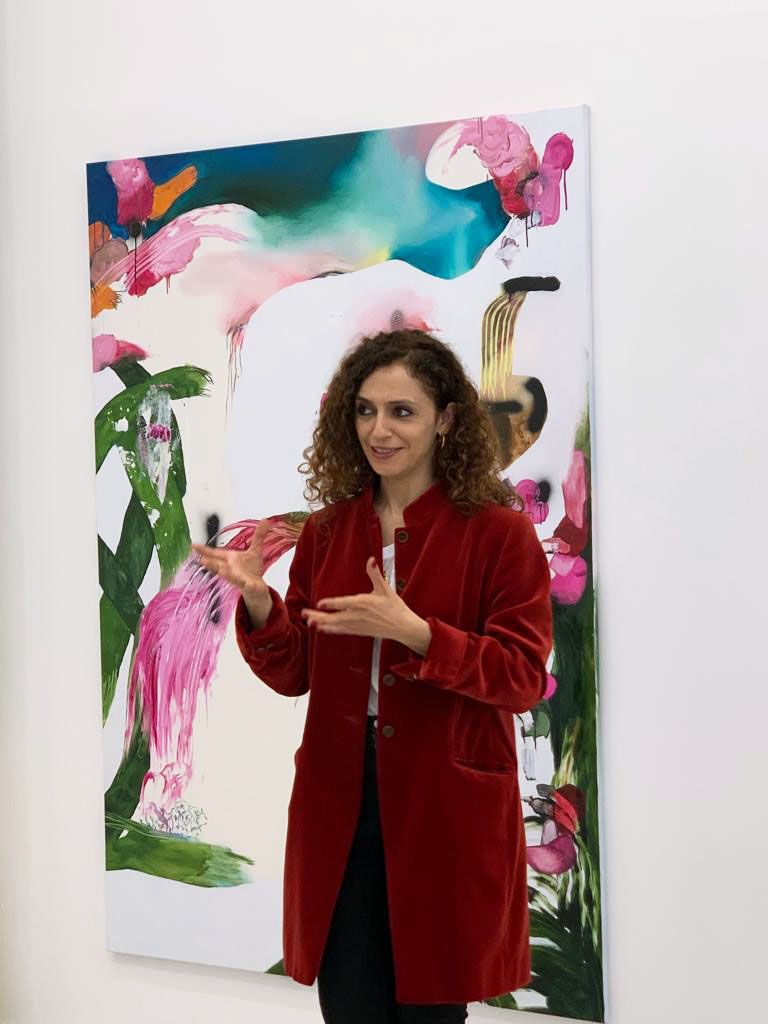
In your paintings, you play around with the relationship between power and language by obscuring the metaphorical space of the mind. I am also drawn to your use of colours. Can you explain the process and ideas behind your work?
My process lately became very fast, as a succession of painterly decisions made in front of the canvas. The paintings contain gestures and signs that result either as readable shapes or as fragments that find their final form in their internal relations and in the mind of the observer. I try not to stabilize the gaze, avoiding central perspective and hierarchies of planes. The center is almost always empty and the support, the raw canvas, remains visible in some parts of the picture. Every sign connects to something but the whole picture is not available to be decodified and the process is very intuitive. The colours I use often change in relation to the place where I live.
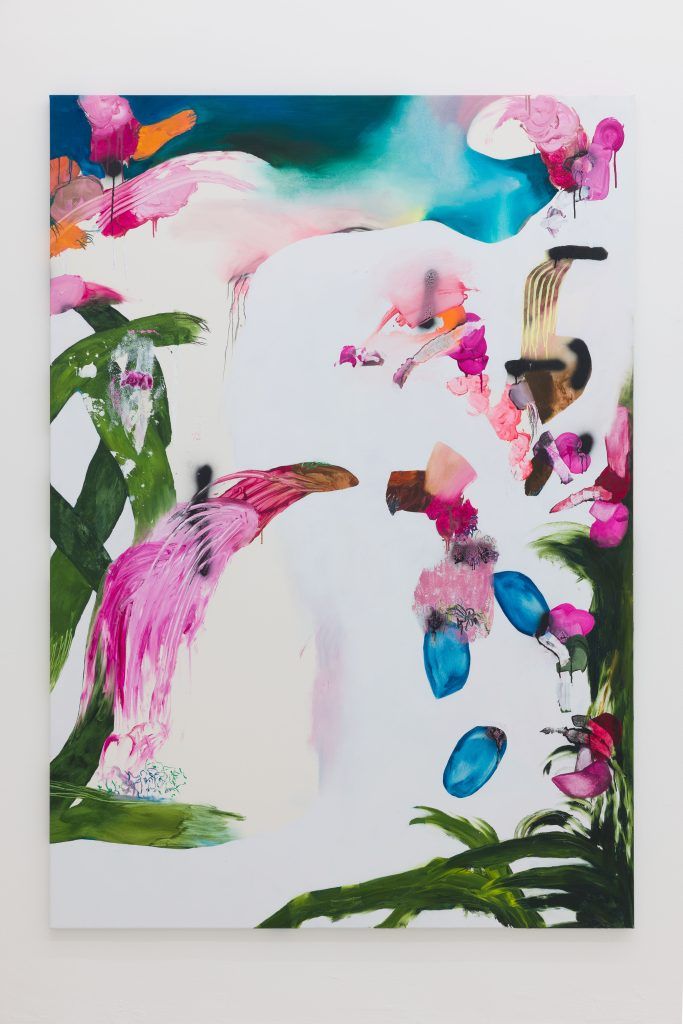
In the past you have also painted on unstretched/raw canvas, how do you decide to present your work? What is your process behind it?
I started to unstretch the canvases in 2015 while dealing with ideas of destruction and abjection as spaces outside of language. I felt the action of unstretching as a way of getting rid of something, letting things be, and accepting the lack of a structure. It was also easier to carry paintings with me as I was traveling a lot. Afterward, for many years, I haven’t used stretchers at all, working horizontally on the floor, letting the environment interact and modify the canvases, exercising the least power on them. I was also mixing fine art materials with edible and organic elements or atmospheric agents. The paintings were often simply nailed to the wall. In the latest body of works I went back to primed canvases, that I paint vertical with oil and spray and stretch afterward.
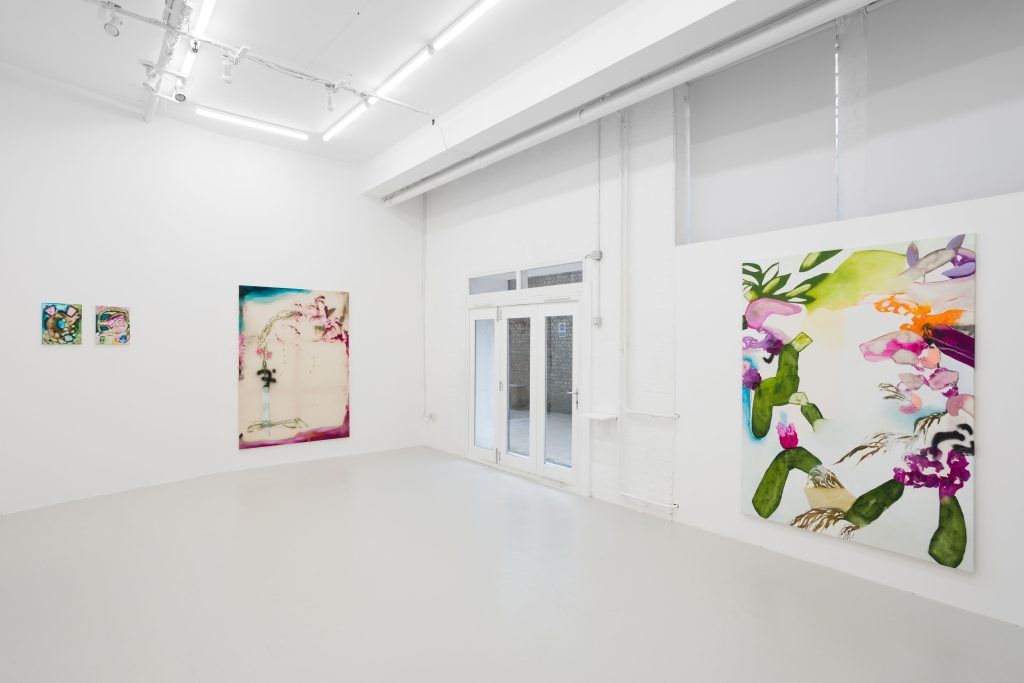
You have had the latest solo show at Bosse & Baum titled Summer Unknown along with a book launch. I would love to know more about the theme and thought process behind the exhibition. Was the book connected to it or broader to your artistic practice?
The show Summer Unknown comprises two cycles of works: a series of small paintings made on the Dolomites mountains and some 5 larger canvases, made in Rome during July and August 2021. In these paintings, vertical landscapes of the size of my body, white is the dominant color and a lot of space is left empty, available to the gaze of the observer. Here energy is thrown outward through quick painting gestures and spray signs, while in the smaller one energy is compressed, the space is filled with organic forms and the attention is addressed inwardly. Summer unknown is made of the blinding light of Rome, erotism, possible natures, feelings of joy and disaster, and partial non-control. I am interested in what the mind can’t immediately grasp, spaces of “non-knowledge” that language can’t clearly classify. The show was curated by Alfredo Cramerotti who also wrote a great text inspired by the works on display.
The book Pink for flower, edited by gallery Bosse & Baum and publishing house viaindustriae, documents my painting and performance research from 2012 until 2020 and doesn’t include the latest bodies of works. We’ve chosen to invite contributors from the various fields touched by my research, such as Professor Raffaele Torella who wrote a text about purity and impurity in Tantric Shaivism, researcher Hanna Proctor who wrote about the experience of Mary Barnes or choreographer Cristina Rizzo and artist Bea MacMahon who address topics of language, love, freedom, and control through poetic approaches. On the other side, curators Laura Smith and Marta Federici have written texts that deal more specifically with my painting practice.
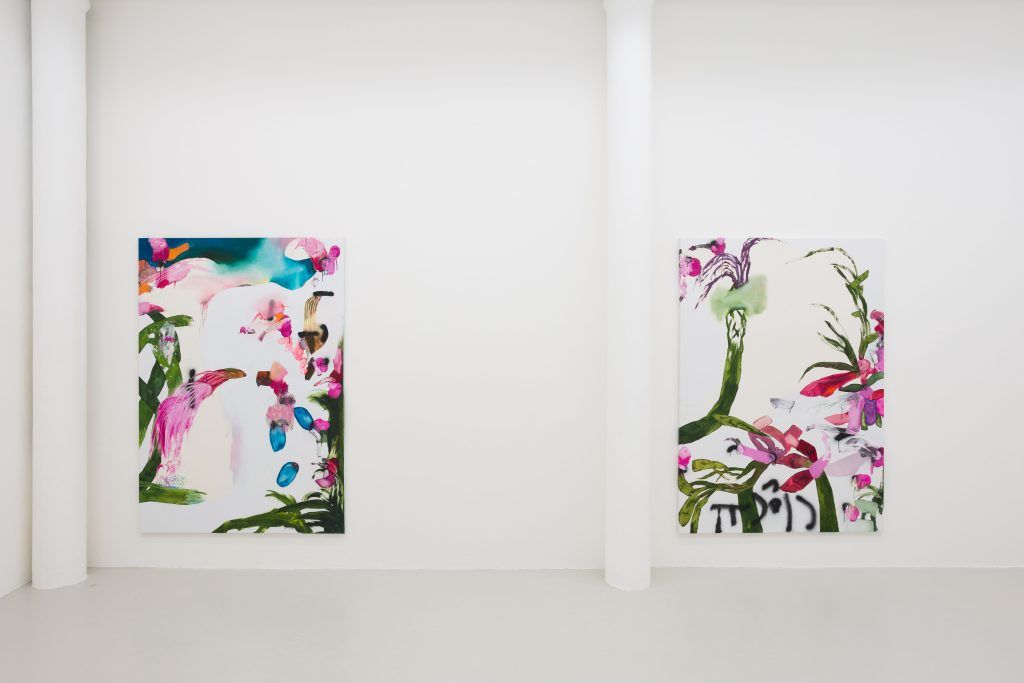
Now a fun question, if you could invite any 4 guests (living or deceased) to a dinner table, who would they be?
Emma Goldman, goddess Kali, Marchesa Luisa Casati, Errico Malatesta, and some animals.
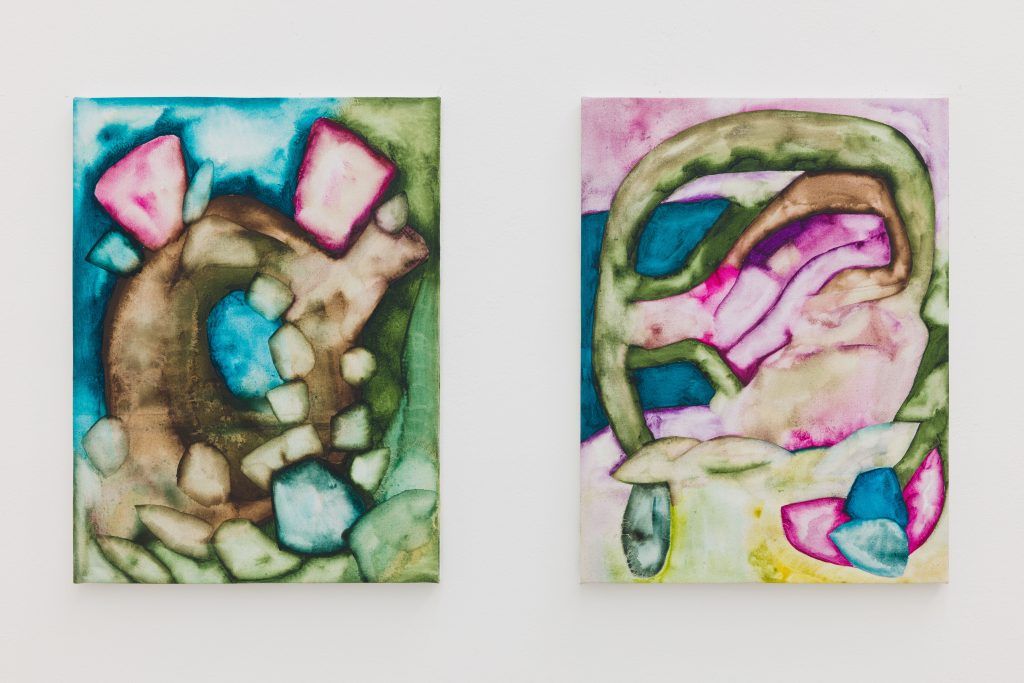
What’s next for you?
I have a solo show opening on the 30th of June in Rome at Galleria Valentina Bonomo, curated by Anna Cestelli Guidi.




